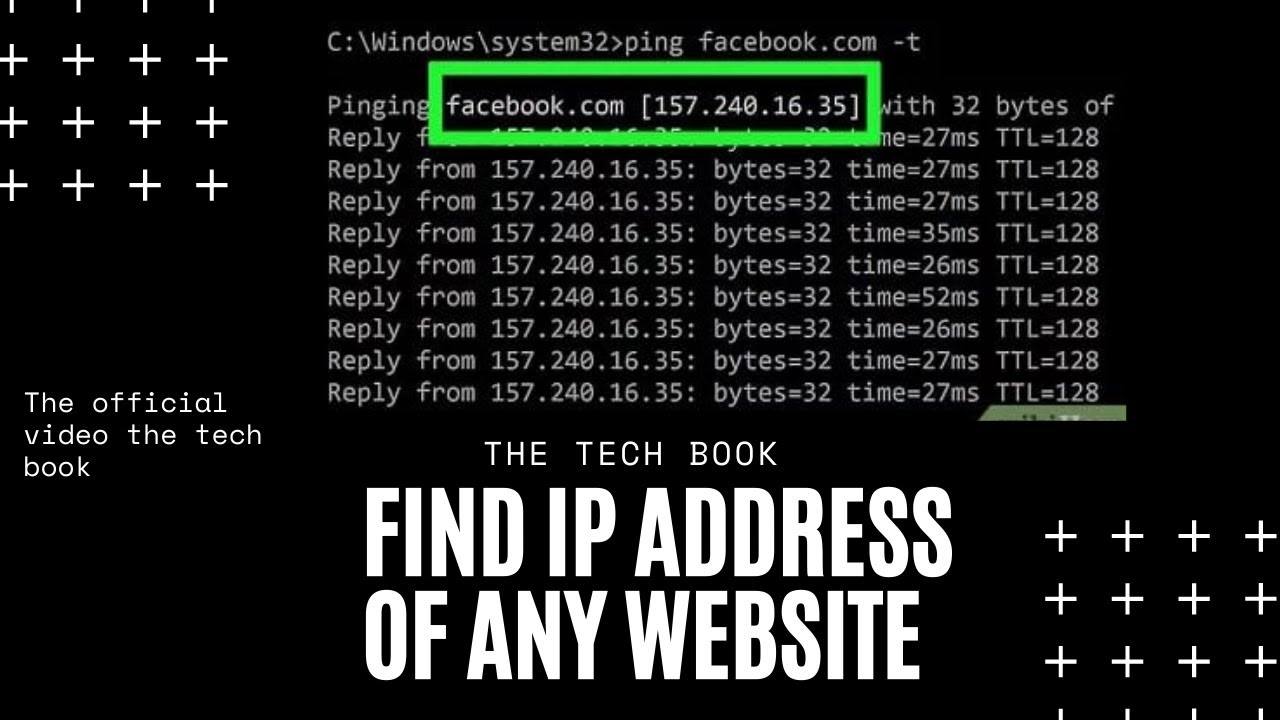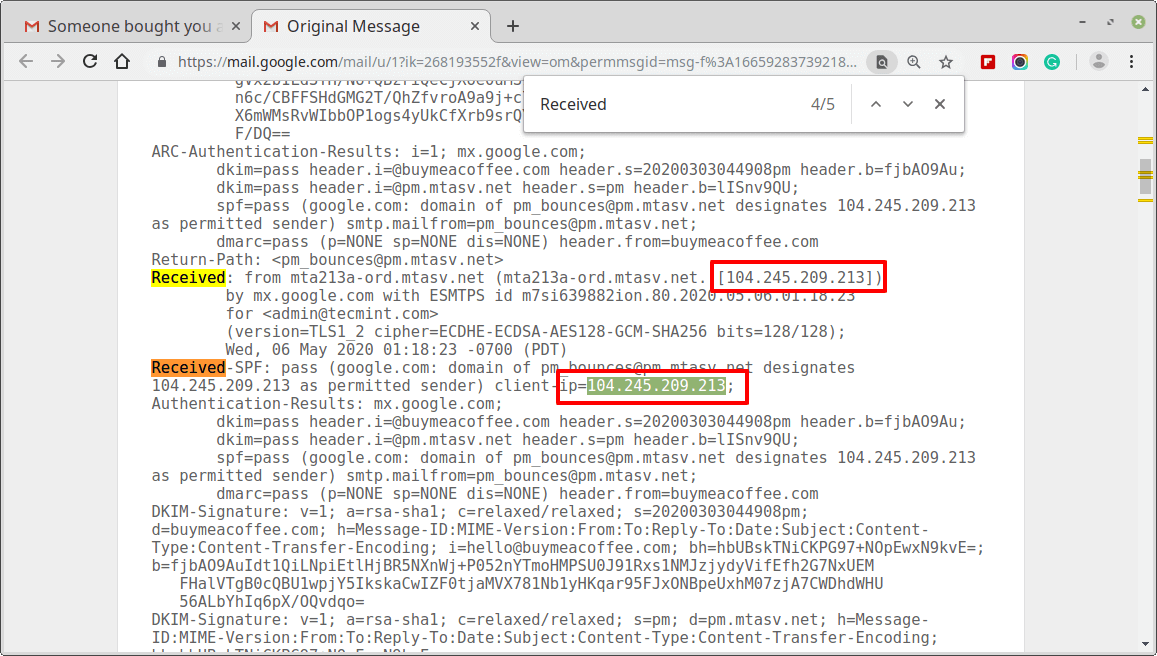

Thus, each probe will incrementally reach one relay further than the previous ping. In this networking context, the TTL defines the maximum number of hops a packet can be relayed through during its travel over the Internet.

The traceroute tool will then send from 1 to 30 IP packets to the target, incrementing the Time-To-Live (TTL) for each probe ping, starting from TTL 1. Insert the complete (sub.)domain, IPv4 or v6 to which you want to perform a visual traceroute test and press 'TRACE'.
#Iptrace location 71.177.164.29 full#
In addition to determining the response time of each hop the packet is travelling through, you're now able to visualize in full screen the path of each probe ping between our server and the tested IP address within Google Maps in a instant.īy tracing the actual route between G Suite.Tools' server and yours, you can decide in which way to optimize your network setup to lower response times in your application, service or website. G Suite.Tools' visual traceroute online app makes it easy to precisely pinpoint weak nodes impacting your global network performance. The objective of a graphical traceroute is to discover each server relaying your IP packet from point to another, and to measure the return-trip delay between the probing host (here G Suite.Tools) and each relay on the packet path.


 0 kommentar(er)
0 kommentar(er)
